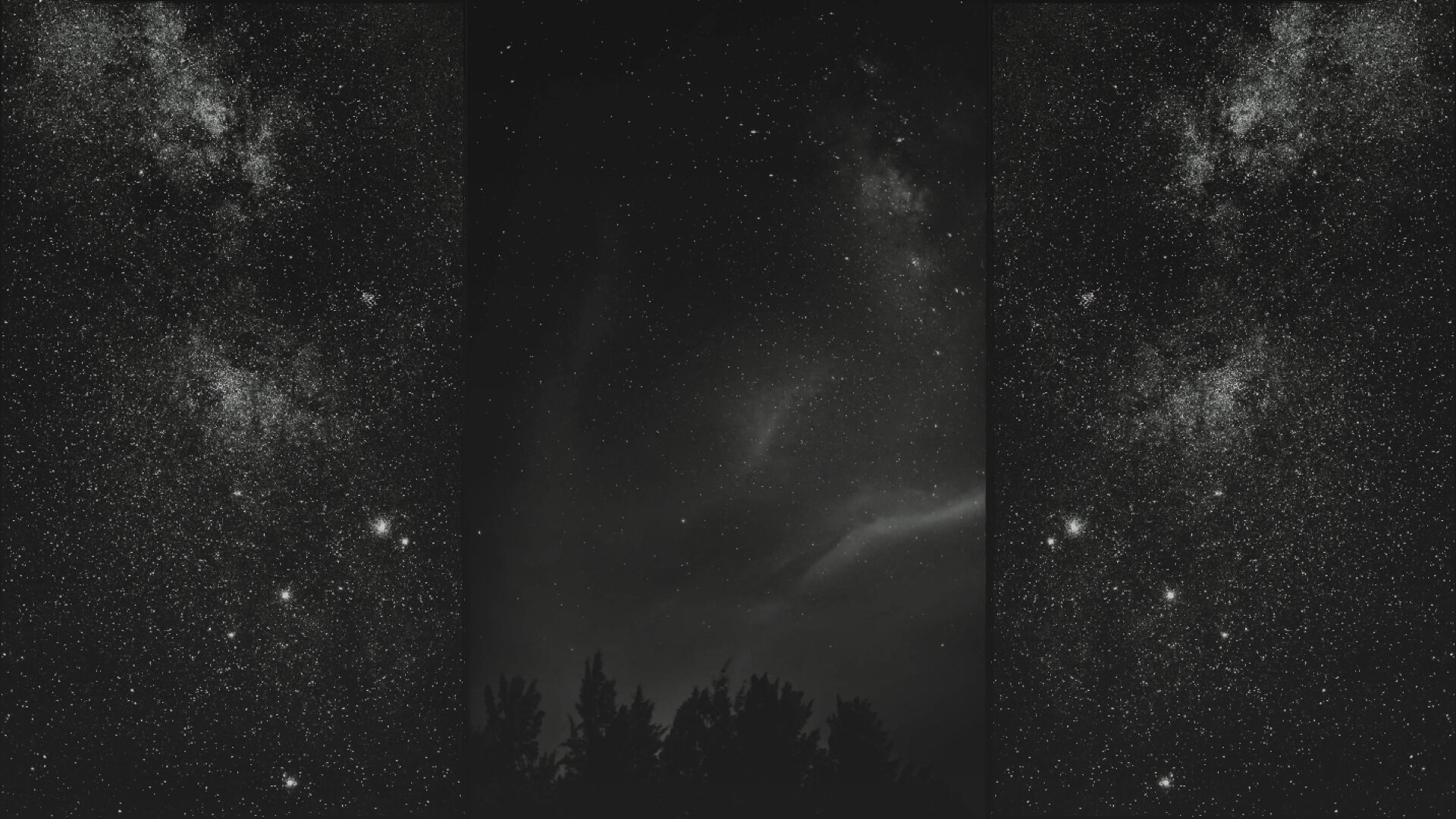
The vanishing night sky
The devastating impact of Light Pollution
Less than a 100 years ago, everyone could look up and see a spectacular starry night sky. Now, millions of children across the globe will never experience the Milky Way where they live. The increased and widespread use of artificial light at night is not only impairing our view of the universe, it is adversely affecting our environment, our safety, our energy consumption and our health.
What is Light Pollution?
Most of us are familiar with air, water, and land pollution, but did you know that light can also be a pollutant?
The inappropriate or excessive use of artificial light – known as light pollution – can have serious environmental consequences for humans, wildlife, and our climate. Components of light pollution include:
Glare – excessive brightness that causes visual discomfort
Skyglow – brightening of the night sky over inhabited areas
Light trespass – light falling where it is not intended or needed
Clutter – bright, confusing and excessive groupings of light sources
Light pollution is a side effect of industrial civilisation. Its sources include building exterior and interior lighting, advertising, commercial properties, offices, factories, streetlights, and illuminated sporting venues.
The fact is that much outdoor lighting used at night is inefficient, overly bright, poorly targeted, improperly shielded, and, in many cases, completely unnecessary. This light, and the electricity used to create it, is being wasted by spilling it into the sky, rather than focusing it on to the actual objects and areas that people want illuminated.
And now with the use of LED lights increasing exponentially the light pollution problem has been compounded. However, over the years since the initial use of LED street lights, technology has addressed the problems. Experts developed a three-part lighting fixture to focus light rays parallel to one another and these parallel rays ensure the light is directed at the desired area, rather than all throughout the air. This redesign has made LED street lights even less likely to produce light pollution than the lamps that came before them.
Light Pollution Map of the World
Watch one of my favourite night sky imagers, Alyn Wallace, talk about the devastating impact of Light Pollution on TEDx
The Bortle Scale
The Bortle scale is a nine-level numeric scale that measures the night sky's brightness of a particular location. It quantifies the astronomical observability of celestial objects and the interference caused by light pollution. John E. Bortle created the scale and published it in the February 2001 edition of Sky & Telescope magazine to help amateur astronomers evaluate the darkness of an observing site, and secondarily, to compare the darkness of observing sites. The scale ranges from Class 1, the darkest skies available on Earth, through Class 9, inner-city skies. It gives several criteria for each level beyond naked-eye limiting magnitude (NELM).
Astrophotography Filters
To bring out the maximum amount of detail and contrast in many types of nebulae and supernova remnants, and in large spiral galaxies where large emission nebulae are visible, I use very narrowband line filters that pass only a single spectral line emitted by one type of atom or ion. These filters have a very narrow bandwidth of less than 10-15nm, and premium line filters have bandwidths of less than 5nm. Smaller bandwidths pass less light and require longer exposures, but they offer better contrast and image detail. They also have superb rejection of light pollution, so these filters can be used to image nebulae and supernova remnants even in suburban and urban skies or in bright moonlight.





